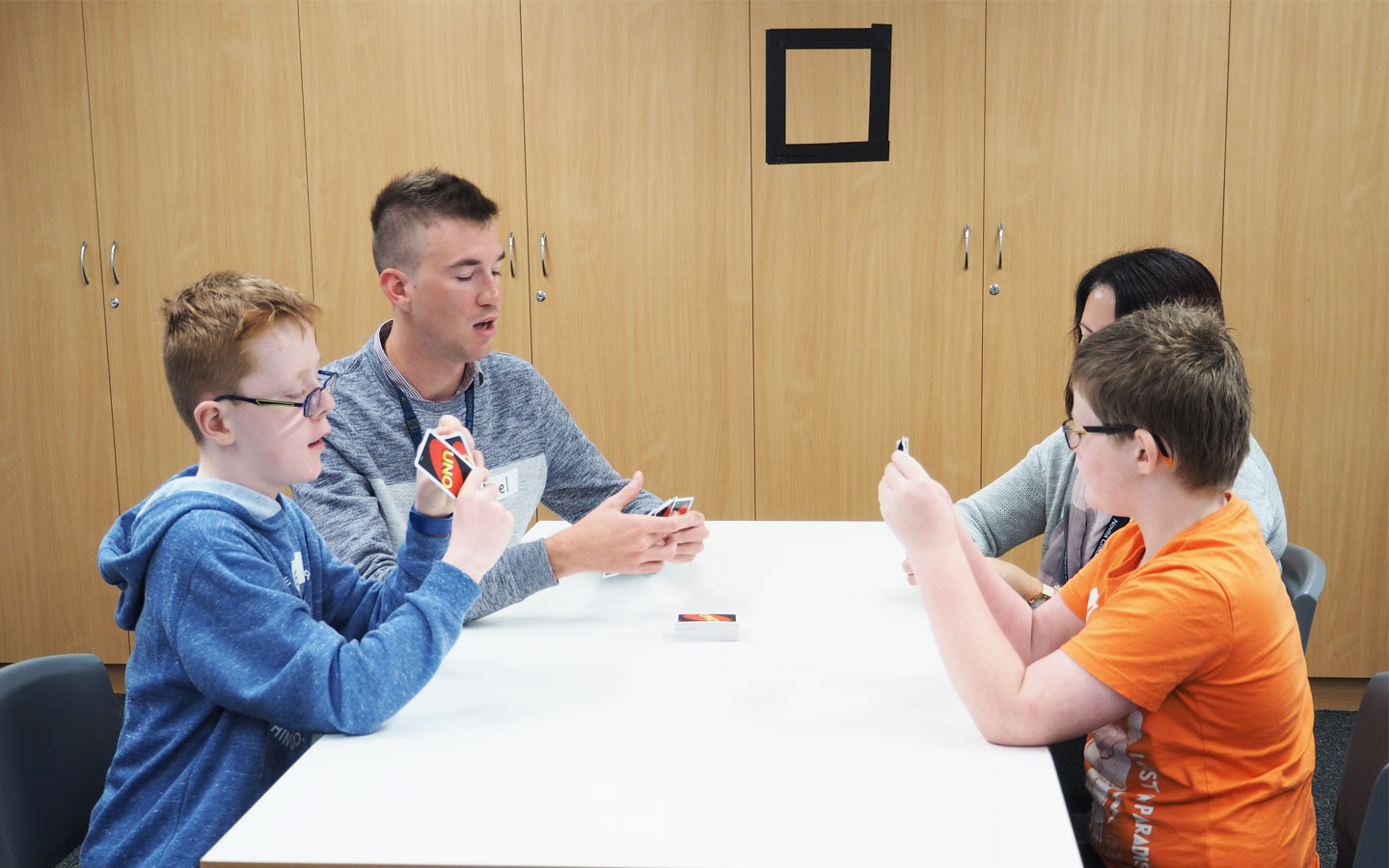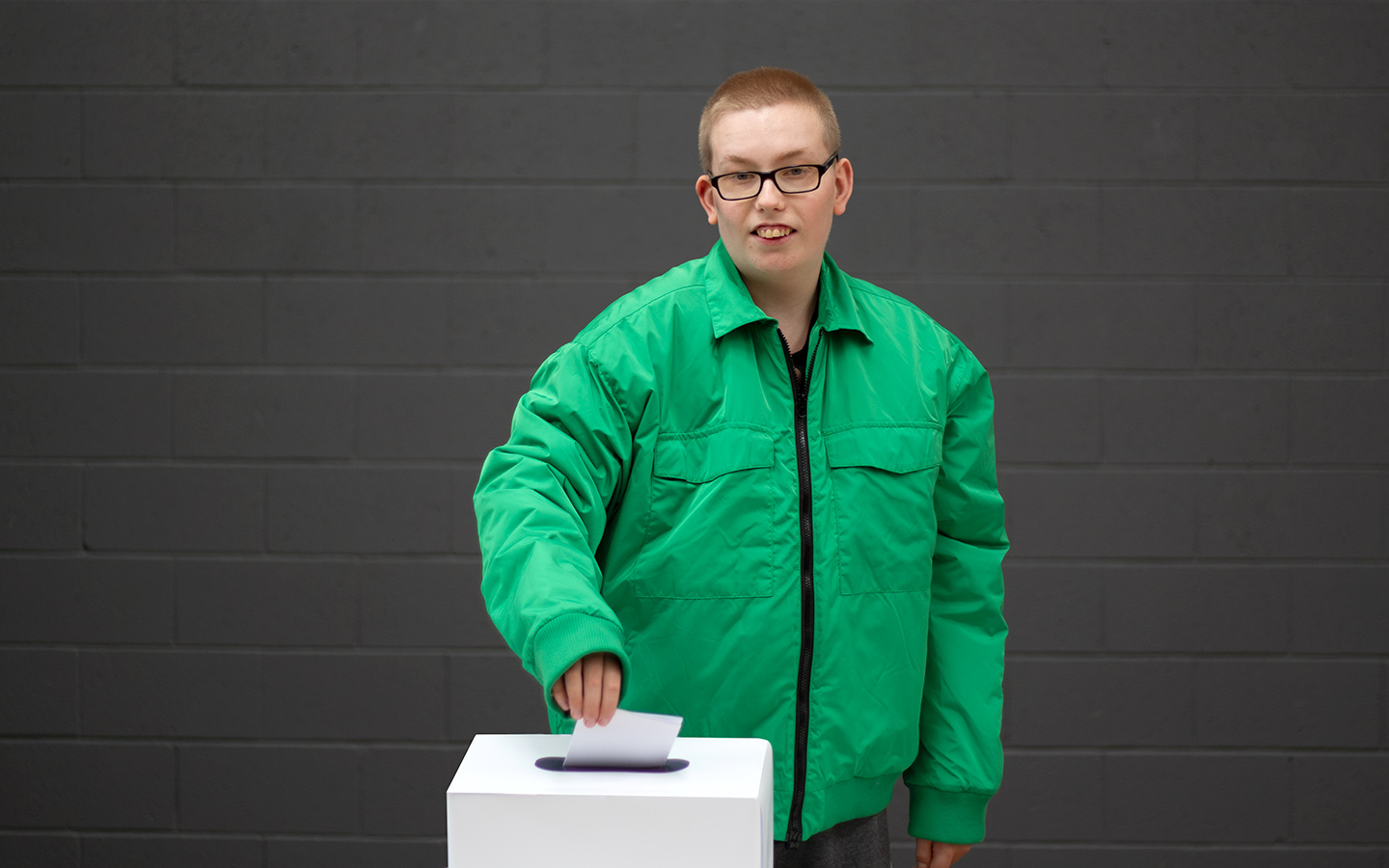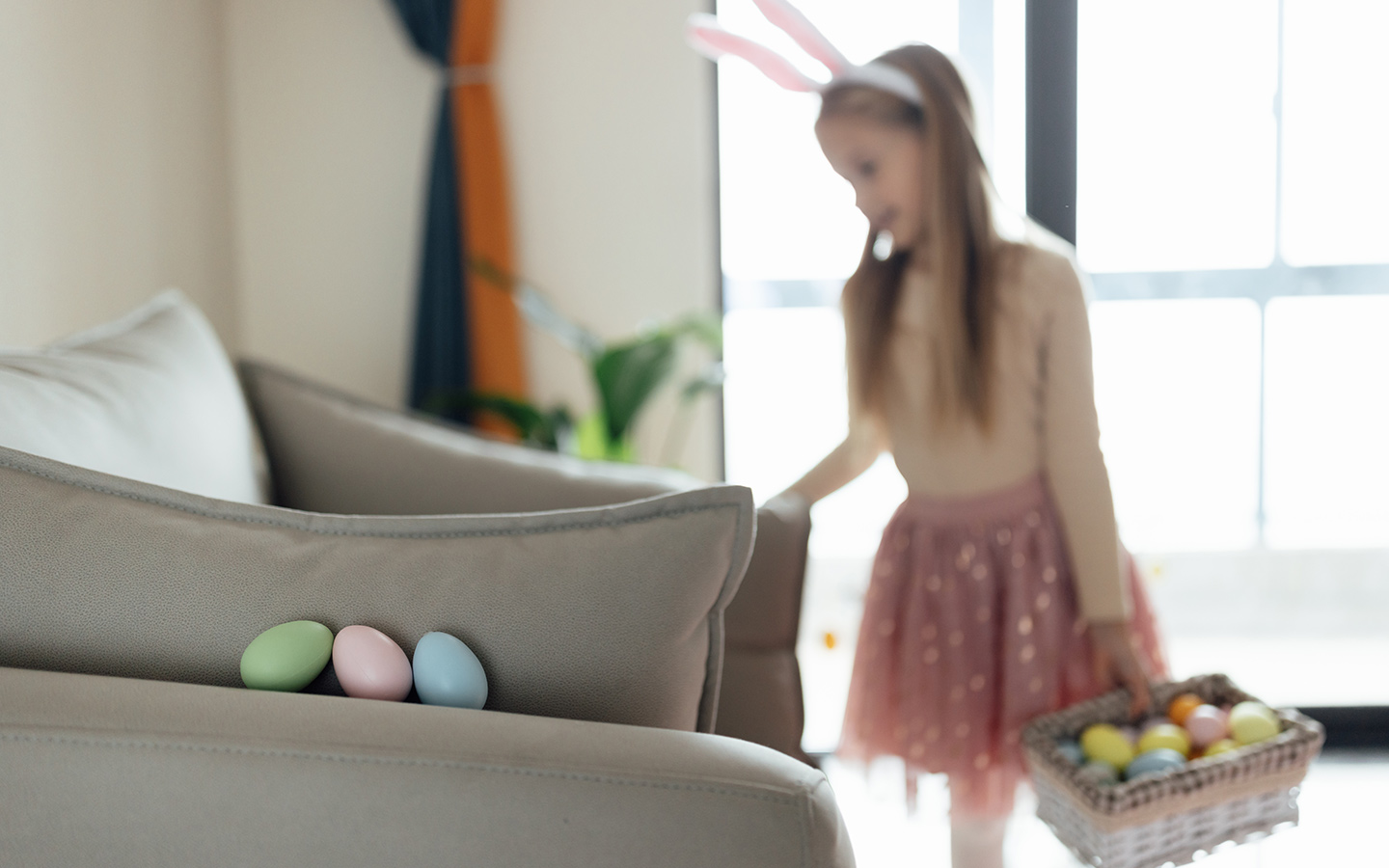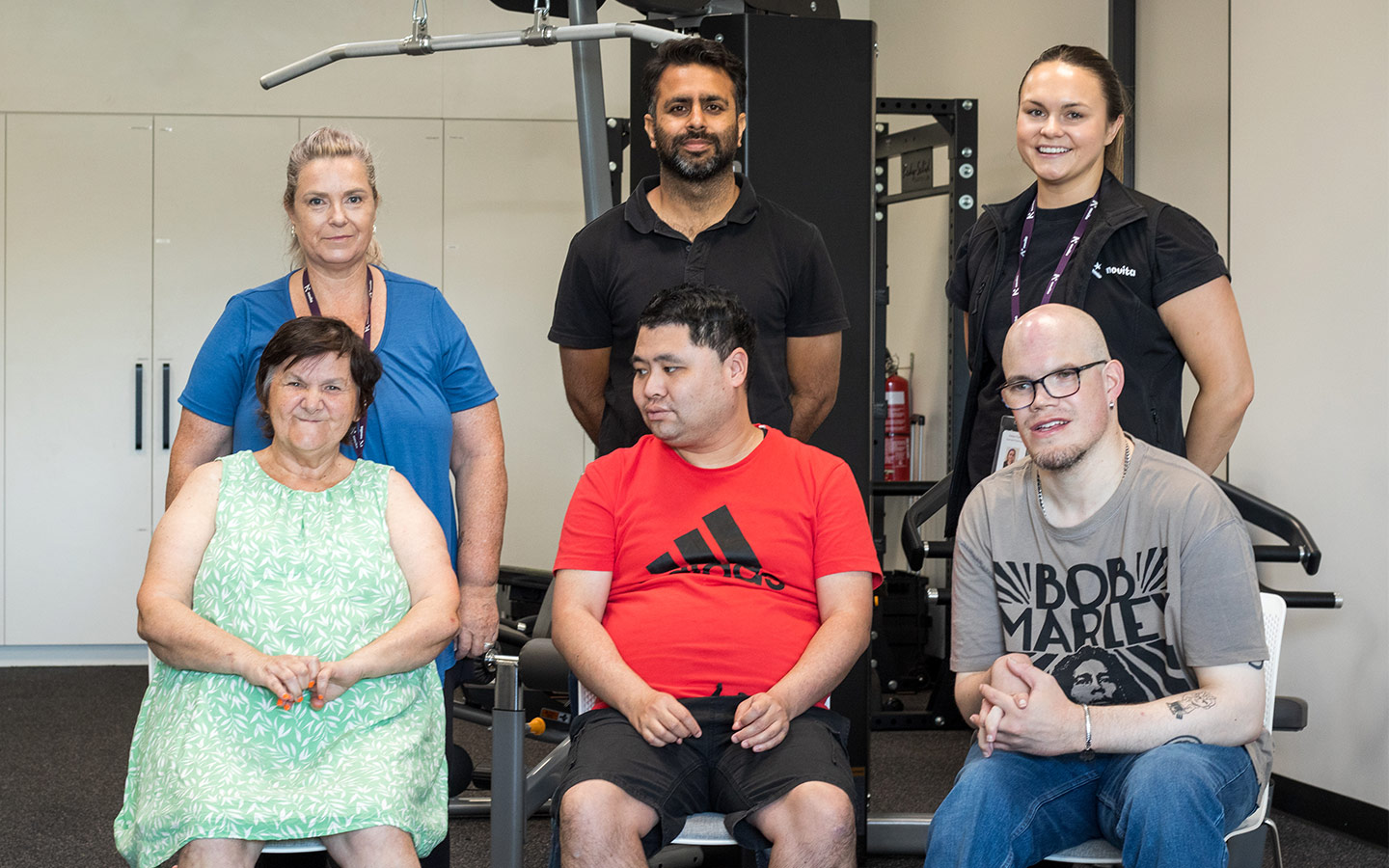Helpful Information
3 Fun & Easy Games to Develop Communication & Social Skills From Home
access_time15min read

As parents, we understand the importance of being a good role model for our kids. But when it comes to developing communication and social skills, kids not only learn through us, but from other kids. Developing social skills can support kids to make friends and feel better-equipped to deal with stress and other issues as they develop and grow knowing there is support available from the people around them.
One of the best ways for kids to learn to communicate is to have them interact in a group and use the teachable moments which are created. Board games are a great, fun way for kids to engage with others. Playing a game requires patience, being able to take turns, agreeing to and sticking to the rules, and being kind to the other players – whether you win or lose.
We’ve listed a few of our favourite games below for you to try with your kids which develop their social skills through conversation, teamwork, listening and other qualities that can support your kids to thrive socially. While games like UNO, Jenga and Snap may not be ground-breaking or new, we love them because with a few simple tweaks they can be used to teach valuable communication skills. All three games are popular too, which means your kids can learn to play them at home then use that knowledge to play at school or a friend’s house.
UNO
UNO is a card game played with a specially printed deck. The aim of the game is to be the first person to get rid of all your cards.
UNO is great for building social skills which can be used in many multi-player games, like taking turns, following the rules, and being a good winner or loser. The game builds other important skills too, like colour matching, counting and using your fingers and hands.
Shape-up and show-off your best friendship-skills while playing Uno so your kids can see what great social skills look like. Remember to follow the rules, make sure each player gets their turn, and compliment others when they make a great move.
Jenga
Jenga is a game of coordination where players take turns removing one block at a time from a tower constructed of blocks. Each block removed is then placed on top of the tower, creating an increasingly taller and more unstable structure.
Jenga is a great game for building decision-making skills and improving hand-to-eye coordination. The aim of this game is to teach kids the importance of being patient, how to be a good friend under pressure, and how to contain their excitement when mum or dad knocks the tower over.
For a challenge, write the numbers 1 to 9 on the side of each block (put a line under the 9 because it looks like a 6 upside-down!) The next game you play, use a deck of cards that tell each player which block to remove. Playing Jenga with cards gets kids identifying and matching numbers, but may also encourage them to ask for help if they need it.
Snap
Snap is a classic card game where players race to be the first to say “Snap!” when two cards match. The general idea is to win all the cards by matching pairs the fastest.
Snap is all about understanding how to control excitement. If you don’t control your excitement when you win, those around you may get annoyed and no longer wish to play with you.
For kids new to socialising, Snap is perfect as it can be played with as few as two people (say just mum, dad and your kid/s). Playing Snap in a pair creates a comfortable space for kids to practise pre-existing social skills or to try something new, like complimenting the other player when they win. Snap is equally as great for teaching winning and losing behaviour because you experience both more frequently during this game.
Other Games to Develop Communication and Social Skills
Magna Force is just like the classic block-stacking, stack-crashing game Jenga, but with magnets! The goal of the game is to remove as many pillars as possible before the tower topples over.
Unlike the pre-assembled Dino Meal game, Magna Force begins with the set-up. To begin the game, roll the dice. The first player to roll a blue gets to place the first pillar on the table.
In a clockwise direction, players take turns rolling the dice, finding the coloured pillar which matches the colour they rolled and continue to place the pillars upright on the table until at least four are standing.
Once four pillars are placed on the table, the next player to roll gets to choose between:
1. Adding another pillar, or
2. Putting a transparent disc on top of the pillars which adds a new level to the game
Every time there are four or more pillars in the layer, the player has the choice of adding a pillar or a transparent disc to make a new level.
Set-up continues until all 30 pillars are placed and the tower is five or six levels high.
Once the tower has been set-up, it’s time to pull it apart. The next player rolls the dice to see which colour pillar they will need to remove with the magnetic wand.
If the player successfully removes the pillar, they get to keep it and the game continues. When a player makes the tower topple over, the game ends.
The player who makes the tower collapse loses the game. The other players add up the pillars they successfully removed. This becomes their score. The player who has the most points wins!
When playing Magna Force, kids will work on their communication skills, their patience, practise encouraging others, and learn to manage their disappointment if they knock the tower over. Taking turns with other players as they remove the pillars one-by-one lets kids practise politeness too. Once the Magna Force tower has crashed to the ground, kids can also work on their cooperation skills as they rebuild the tower for the next game.
Novita kid, Deanne made a helpful video to show other kids how the Magna Force game is played.
Novita’s wide range of therapies can be explored at the link here. You can also contact us directly on 1300 668 482.


